It’s been fascinating to see the progress of my natural dye garden. The daily practice of tending my plants gives me immense satisfaction and joy. It’s the perfect antidote to the impersonal aspects of our computer-based lifestyles, which we’ve all experienced to some extent. In this blog article, I will share the most recent developments from my natural dye garden on the allotted plot and from my balcony.
Natural Dye Garden Patch
Two weeks ago, I visited my garden patch to check on the development and tend to the plants before leaving for a week-long vacation due to school holidays. The first glance was a big wow! The plants had grown taller since the week before and looked healthy. The aphid infestations on Cosmos and Coreopsis plants were significantly reduced by spraying extract from the fermented leaves of stinging nettle.
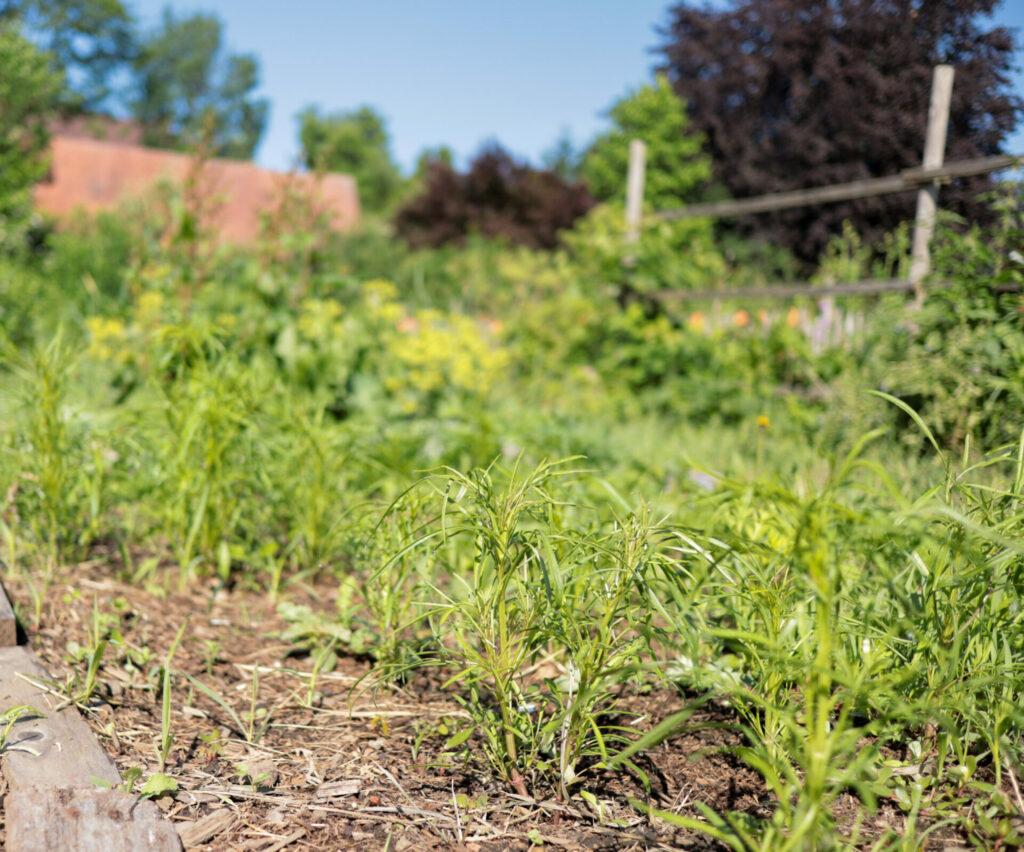
New grass on the garden bed
On the other hand, it was no surprise to see the weeds come again after the bouts of thundershowers. So a good one hour went in removing the weeds. Since the plants had grown tall enough, I decided to lay cardboard on the garden bed, followed by mulching.
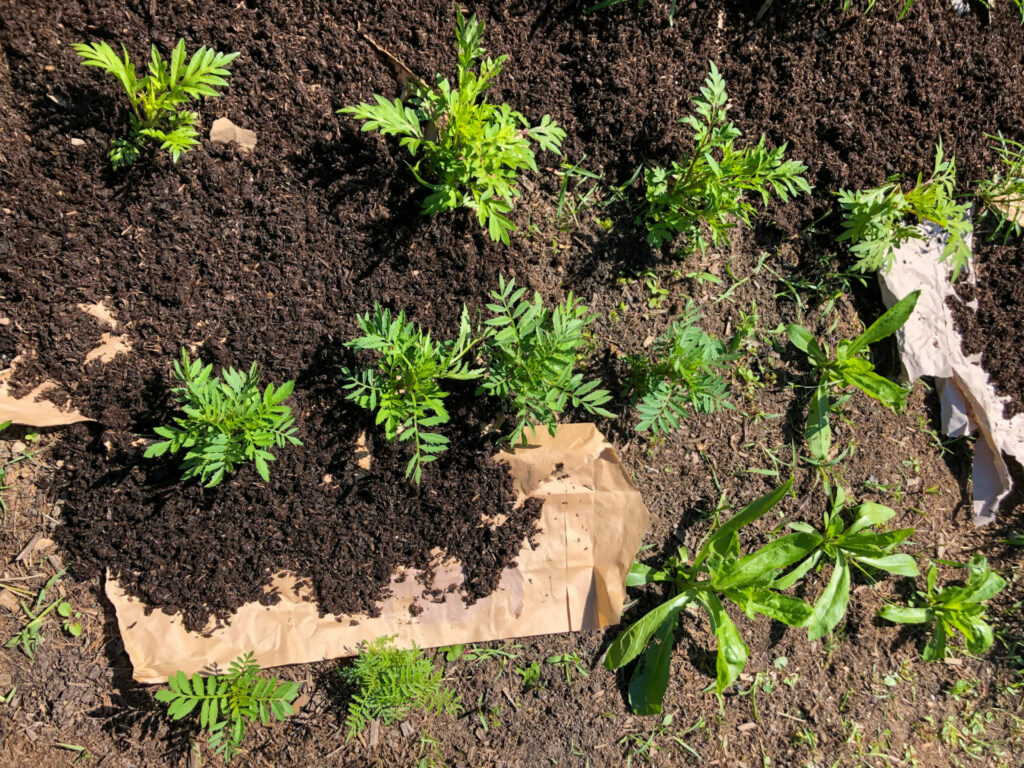
Soil bed covered with cardboard
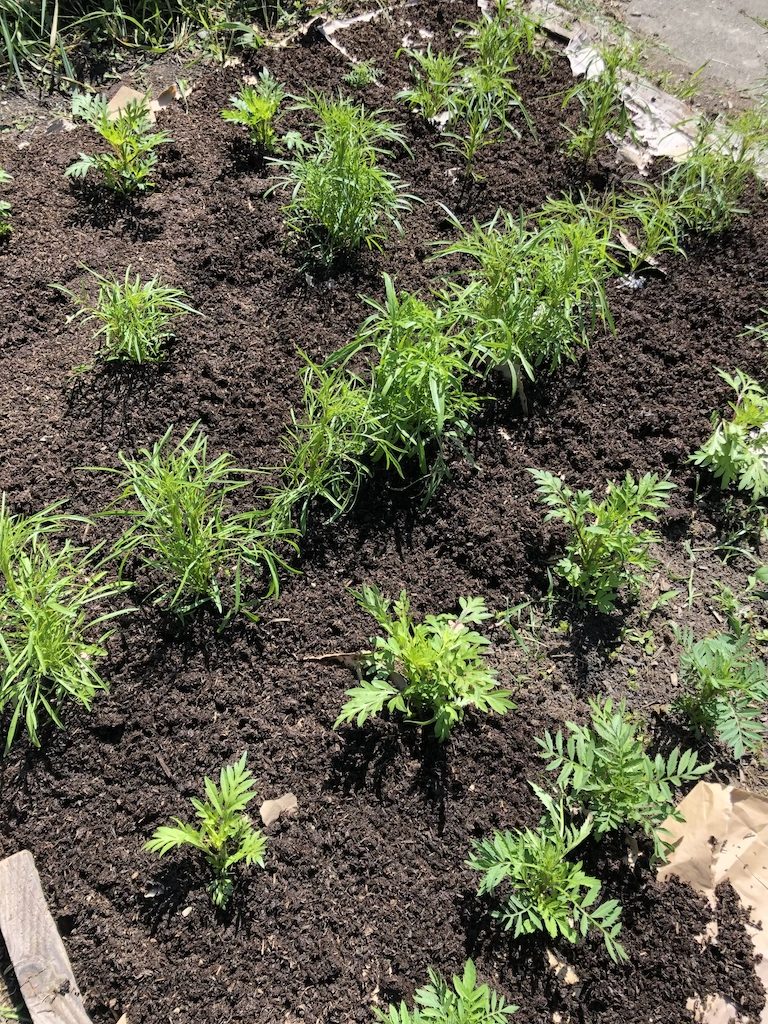
Mulched garden bed
 I was pretty satisfied with my accomplishment for the day. The garden patch looked much better after the ‘makeover’.
I was pretty satisfied with my accomplishment for the day. The garden patch looked much better after the ‘makeover’.
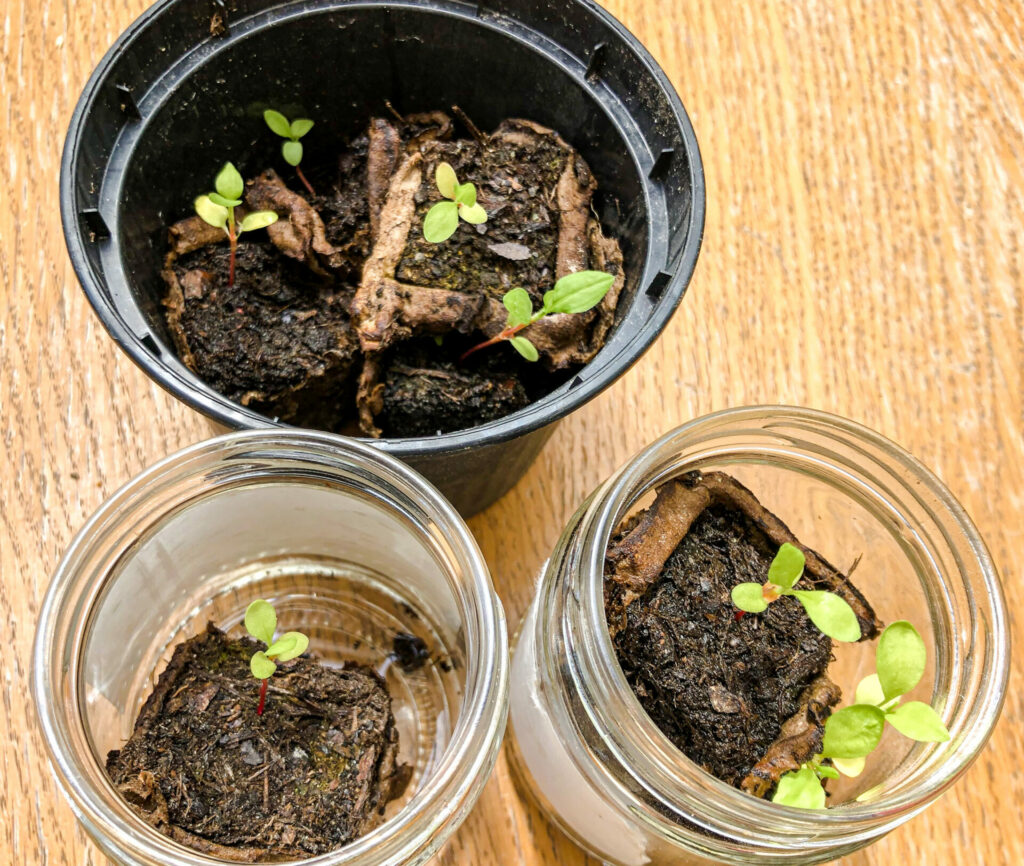
Indigo saplings ready to be transported
I also took a few Indigo saplings growing under the glass house and transplanted them into pots on my balcony garden. It wasn’t tough to transport them in this manner, and fortunately, they made it through the voyage while being carried in my backpack on a racing bicycle.
Dye garden on my balcony
Before going on vacation, I also took care of my plants on the balcony. Although there is less labour, there are still some problems, the most notable of which is the aphid infestation. The calendula and dyer’s chamomile on my garden balcony is afflicted with black aphids, while the coreopsis is infested with green aphids.
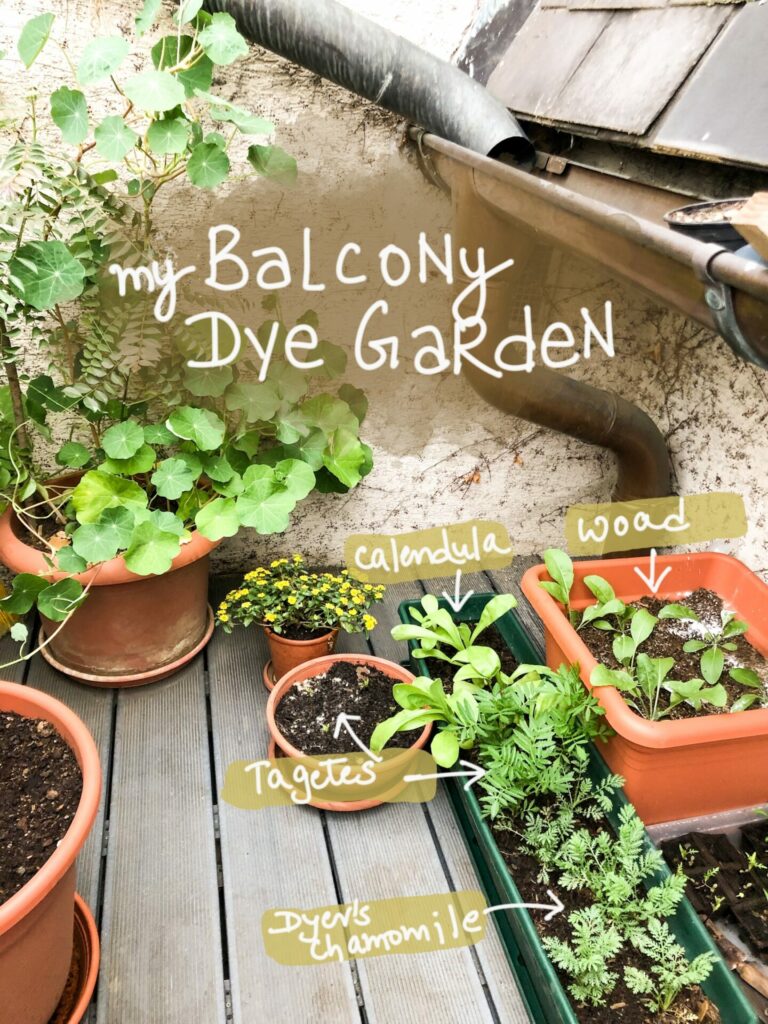
Dye garden on my west-facing balcony
Controlling pest infestation with a natural pesticide
On a regular basis, I spray the balcony plants also with a mixture of fermented nettle leaves extract and neem oil (as mentioned earlier). I haven’t been able to entirely eliminate them, but the plants appear to be in good condition.
Current status of my Dye garden on land
After a week’s vacation, I visited my dye garden patch and was ecstatic to witness my plants ‘rapid development’ in just seven days. Almost all plants bear flower buds, which may bloom in a week. The cardboard covering has done wonders in reducing the growth of weeds. I first learned about the no-dig garden in author Vera Gerutnik’s book Edible Paradise. This time I didn’t have to work much in the field. I removed the weeds that had grown around the garden space to allow sunlight to reach the dye plants. I should have done this before beginning my dye garden, but since I had no idea how this land operated or what grew here, I simply got started.
This dye garden is more of an experiment in which I learn something new every day while also embracing it as a place to practice mindfulness. I am now well prepared for the following year!
While the no-dig garden is effective against annual weeds, it does allow permanent weeds to emerge as the cardboard degrades over time. This is what I’ve learned from gardening over the last few months in my allotted garden patch.
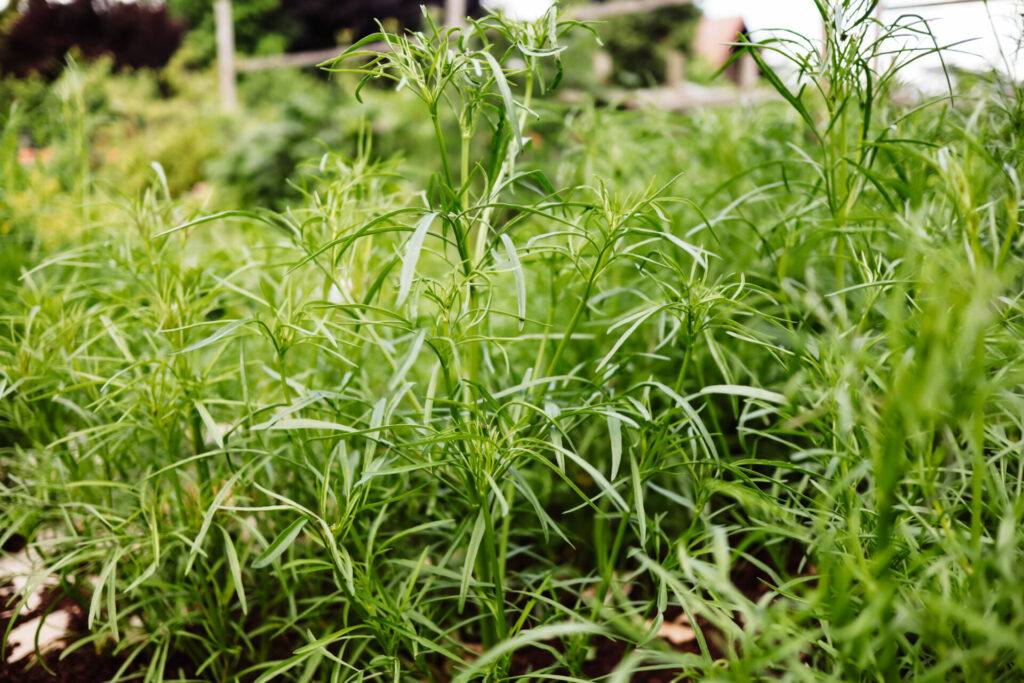
Coreopsis tinctoria
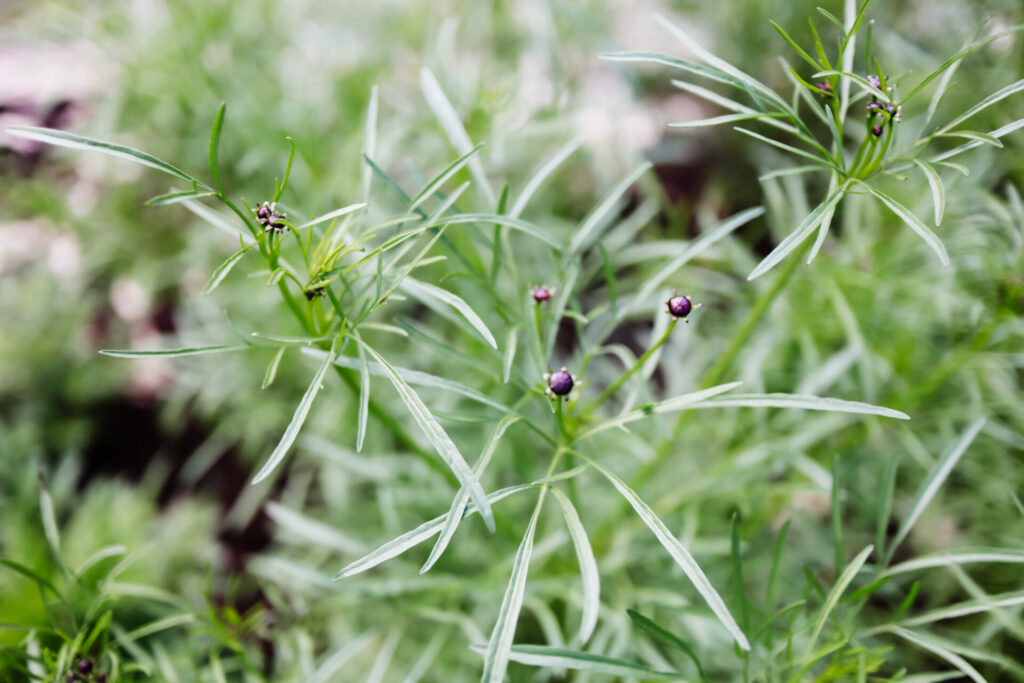
Coreopsis flower buds
I was also relieved to see garden helpers taking care of my plants. The plants appear to be in good health, and the aphids have ‘vanished’.
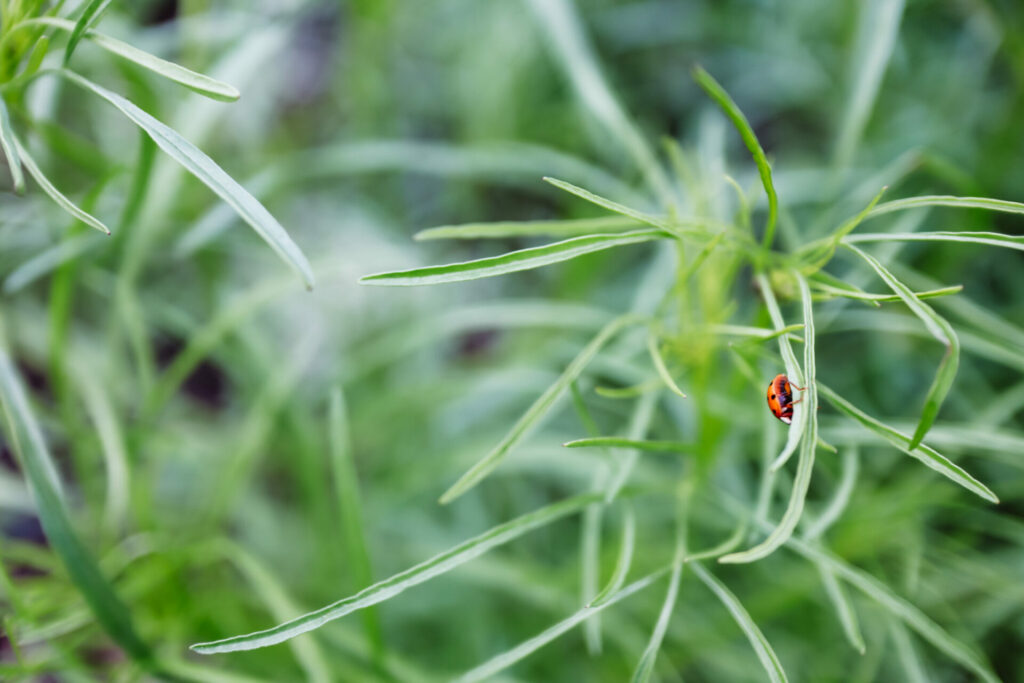
Ladybug – A gardner’s friend
I also planted the indigo saplings that had been growing in the glass house into the ground and covered the soil with a layer of cardboard.
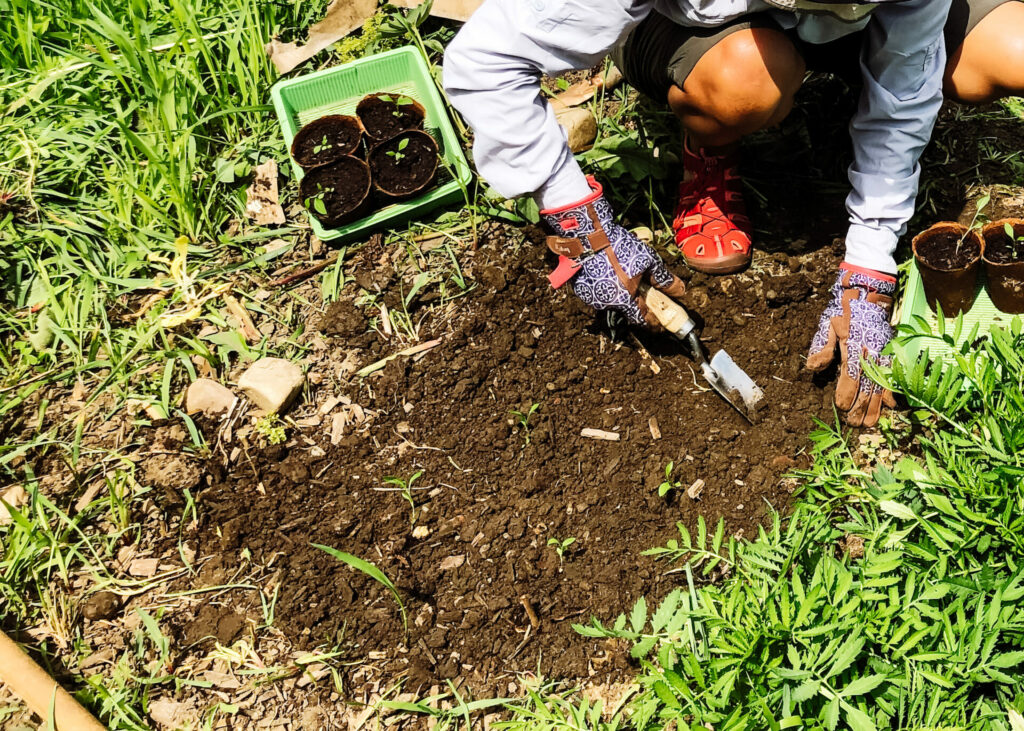
Current status of the dye garden on my balcony
The growth of the plants on my balcony is comparable to that on the allotted plot of land. However, the aphid infestation is still prevalent on calendula and dyer’s chamomile. I suppose it’s because I don’t have any natural predators on my balcony. Despite this, the plants appear to be in excellent condition.
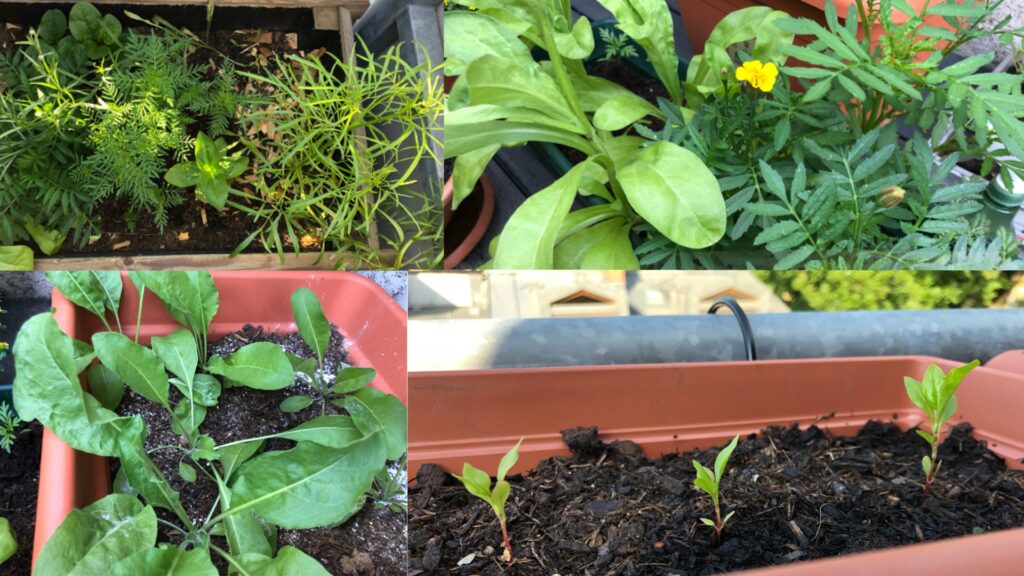
From the top left corner (clockwise): Coreopsis, Zinnia, Calendula, Tagetes (multi-varieties), tiny saplings of Indigo and Woad on my balcony garden
One thing I’ve observed about coreopsis is that the plants in the pots are lanky compared to the busy ones in the garden patch because they don’t receive enough sunlight. Although these plants are extremely hardy and require little attention, the frequency with which they bloom is determined by the quantity of sunlight they receive each day. It will be interesting to see how this plant, as well as my garden, develops over the following weeks.
The glory of gardening: hands in the dirt, head in the sun, heart with nature. To nurture a garden is to feed not just on the body, but the soul- Alfred Austin
Keep an eye out for the next part of the “What’s happening in my Dye Garden?” blog series!
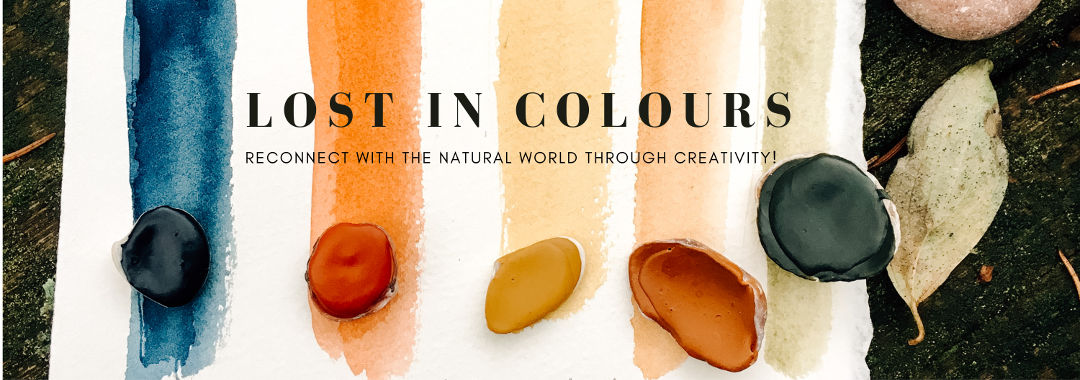

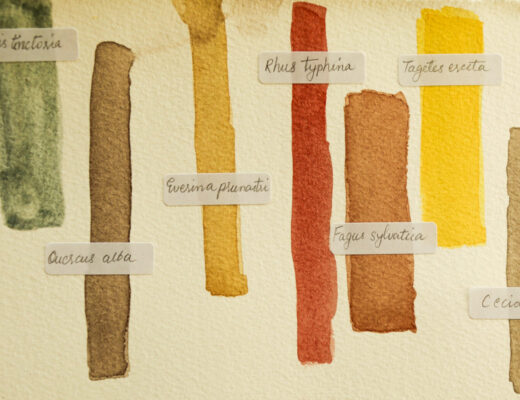
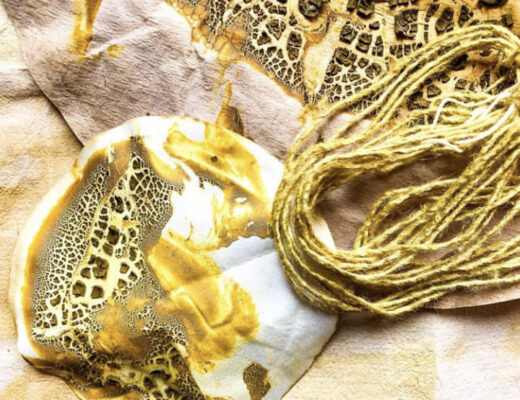

No Comments